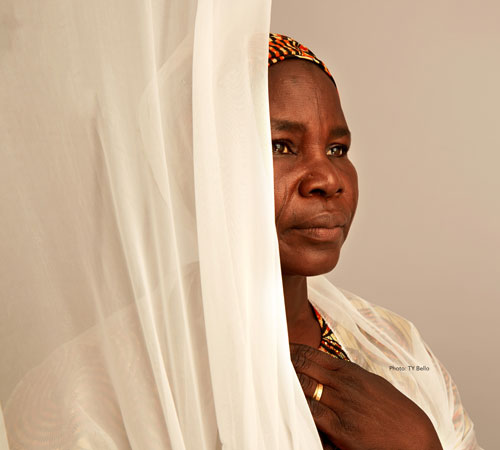
“My goal was to remind the world about the Chibok story, and draw their attention to the plight of the mothers who still mourn.” – 喬爾·卡基·本森
在 2014, 博爾諾州Chibok, 尼日利亞東北, 當恐怖組織Boko Haram襲擊並綁架時,它成為全球關注的焦點 276 宿舍裡的少女女生. The internet was soon flooded with videos of the girls surrounded by machine gun wielding terrorists. Pakistani activist Malala Yousafzai, then US first lady Michelle Obama and numerous Hollywood celebrities spoke out about the atrocity.
Five years later, acclaimed Nigerian Director Joel Kachi Benson returned to the scene of the crime. His documentary, Chibok的女兒, uses immersive storytelling to recount the trauma, anguish and pain of the parents and the community that was impacted. In Benson’s story, we meet Yana Galang, whose daughter was among the girls kidnapped and who is one of the 112 girls that are still missing. Benson’s film premiered at the Venice Film Festival and was awarded “The Best Virtual Reality Story.” It is a powerful story that the world must never forget.
全球搜索教育 welcomes Joel Kachi Benson, 導演 Daughters of Chibok.
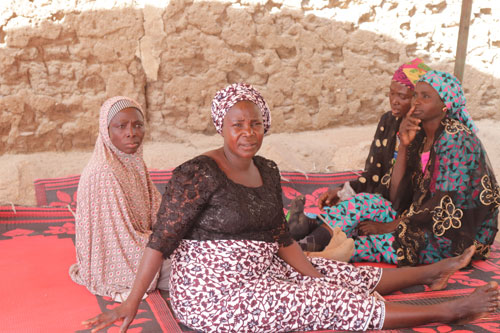
“Beyond the grief and the tales of loss, I saw courage and strength.” – 喬爾·卡基·本森
Joel, talk to us about your journey to create Daughters of Chibok. What are the main takeaways you are getting from audiences since the film’s release?
When the news first broke in 2014 about the kidnapping of the Chibok girls, there were so many conflicting stories as to what had truly happened in this previously unknown community. Did this place truly exist? Did they really kidnap 276 teenage girls in the dead of the night? Or was this just some weird politrick going on? It was hard to separate fact from fiction, and many questions begged for answers.
一月 2019, five years after the kidnap of the Chibok girls, I made my first trip to Chibok. It was a near-surreal experience. I saw a town that seemed stuck in time. Then I met the mothers… the ones who’d lost their daughters. My first question was – is it true?
Yana, woman leader and mother of Rifkatu Galang, one of the girls still missing since April 14, 2014, tearfully recounted the events that took place that fateful night. Like many other Chibok women that were still mourning their missing daughters, Yana cannot move on. I could barely watch as she brought out a small bag filled with clothes and explained, with tears in her eyes, that every month, she still washes Rifkatu’s clothes, dries them and repacks them in the small bag, waiting for her return.
Beyond the grief and the tales of loss, I saw courage and strength. These women, despite all they had endured, were determined to go on. I saw them in their farms, tilling the hard Chibok earth with simple hoes. I saw them in the market trying to sell their little harvest. I saw them waiting in line to fetch water at the single functional borehole in the village. 對他們來說,, every day is a struggle to keep hope alive and take care of their other children while they wait for the ones that were taken away.
In one of my many conversations with the women, someone said: “In the beginning it seemed like everyone cared, but now the world has moved on and we’re still here. Nobody is asking about us the parents, and how we are coping with the loss of our daughters. 為什麼?”
That question became the premise of my film. My goal was to remind the world about the Chibok story, and draw their attention to the plight of the mothers who still mourn. When the film premiered at the Venice Film Festival, everyone kept saying “thank you for reminding us.” And that, 為了我, was a big takeaway. In my opinion, the first step to addressing any societal horror is not to forget.
How do you believe documentaries like Chibok的女兒 can create real social change?
In a lot of ways, Chibok的女兒 has shown the power and potential of making movies that matter. In the case of Daughters of Chibok, as a result of this film, Yana, the heroine, was able to leave Chibok for the first time to New York where she met with the Under Secretary of the United Nations and the Executive Secretary of UN Women. Both of these powerful and influential figures were transported to Chibok via VR, and when they “returned,” Yana pleaded her case, asking for therapy and psychosocial support for the mothers who are still mourning and waiting for their daughters. Firm promises were made at those meetings with the plan to commence therapy for the women.
When she returned from New York, a private screening was organized in Lagos for a few influential people. After that screening, I explained my intention for making the film which was to address the socio-economic plight of the women. As a result of that request, 120 homes in Chibok were powered with portable solar kits with an emphasis on homes with young girls that are still in school. Money was also raised to help some of the women with fertilizers and other things needed on the farm so they can increase their yield. 目前, all the women in Chibok who lost their daughters have had their farms mapped, and we are working on getting them all the support that they need to get their lives back on track. It is important to state here that from the beginning, this film project was not designed to add to the voices and calls for the return of the missing girls. I felt that there were already enough voices making those demands. I believe this film accomplished its purpose, which was to move people from empathy to action.
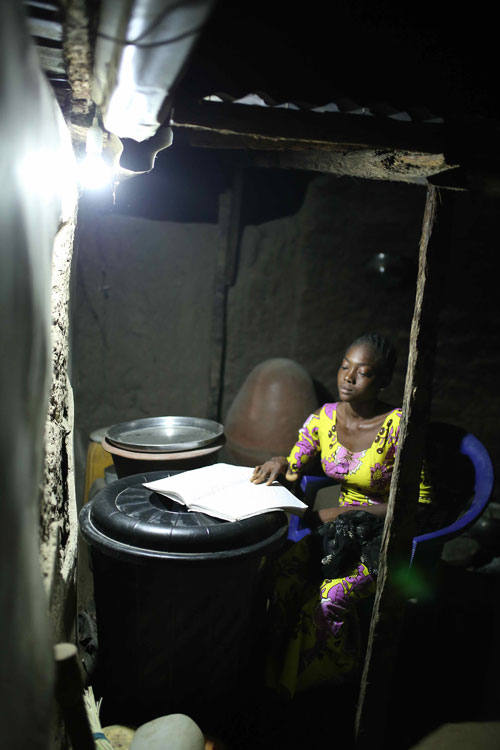
“I believe this film accomplished its purpose, which was to move people from empathy to action.” – 喬爾·卡基·本森
How did VR enhance your storytelling in Daughters of Chibok? In what ways is it harder to get distribution for a VR film?
I am passionate about using immersive storytelling to transport people to other realities that they may not be able to easily access and also amplifying the voices of those who would ordinarily not be heard. 因此,, the hope for Chibok的女兒 was to take viewers on a virtual journey to a place that many have heard of, but few have ever been to. In the end I believe we achieved that.
Ordinarily, no one in Nigeria would dream of going to Chibok due to its remote location and the rate of the terrorist attacks. But with Virtual Reality, we were able to take viewers to Chibok to see things for themselves, to meet the parents and hear their stories, and meet the girls who had returned. For everyone who saw the film in VR, the experience was powerful. And the next reaction almost always was “what can we do to help these people?”.
As powerful as it is, I believe that the biggest challenge facing VR, at least in these parts, is the accessibility of headsets. To have a fully immersive experience, you need a Virtual Reality Headset, and not many people can afford to get these headsets, which makes the distribution of VR Films somewhat challenging. But I am hopeful that this will change soon, because in many parts of the world, location based entertainment venues are making it easy for people who don’t own headsets to come in and enjoy an immersive experience. 希望, the cost of acquiring headsets will also drop significantly, thus making the cost of entry in the world of Extended Reality much cheaper.
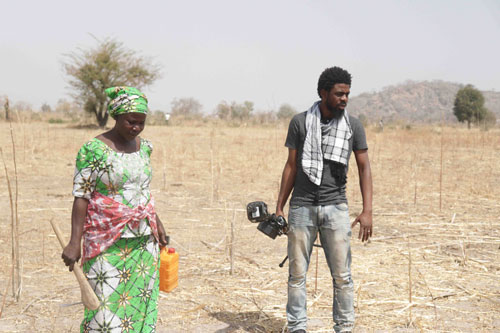
“Art has the capacity of uniting people and uplifting communities.” – 喬爾·卡基·本森
Digital disruptions are hurting art and film program creation and distribution all over the world. What do you believe are the most important things that need to be done now to support art and artists moving forward?
Art is very important and many things can be achieved through art. Art has the capacity of uniting people and uplifting communities. 然而, minimal appreciation is given to art. To sustain art, education on the appreciation of works of art is very important. Not so many people appreciate art. With the appreciation of art, people would be more willing to support arts.
此外, funding art is a good way in which artist and arts can be supported. There are many creative minds out there who lack sufficient funds to further their work. With grants and other forms of financial support, artists would be encouraged. 此外, creating platforms where artists can showcase their works will go a long way in supporting both art and artists.
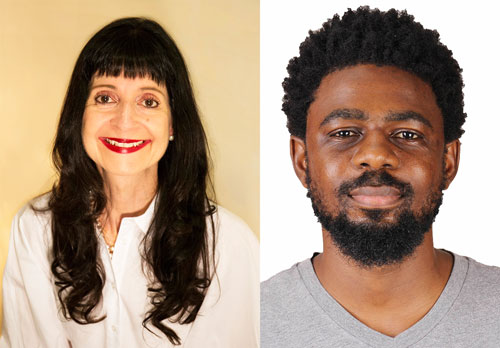
C.M. Rubin and Joel Kachi Benson
感謝您對我們的 800 加 全球貢獻者, 藝術家, 教師, 企業家, 研究人員, 企業領導, 來自各個領域的學生和思想領袖分享您的知識 對未來學習的看法 全球搜索教育 每月.
ç. M. 魯賓 (凱茜) 是CMRubinWorld的創始人, 一個在線 出版公司專注於全球學習的未來, 和 Planet Classroom的聯合創始人. 她是三本暢銷書的作者 書籍和兩本廣泛閱讀的在線叢書. 魯賓收到 3 阿普頓 辛克萊(Sinclair)獎“全球搜索教育獎”。該系列, 哪一個 青年倡導者, 在推出 2010 並彙聚在一起 來自世界各地的傑出思想領袖探索關鍵 國家面臨的教育問題.
按照ç. M. 魯賓在Twitter: www.twitter.com/@cmrubinworld

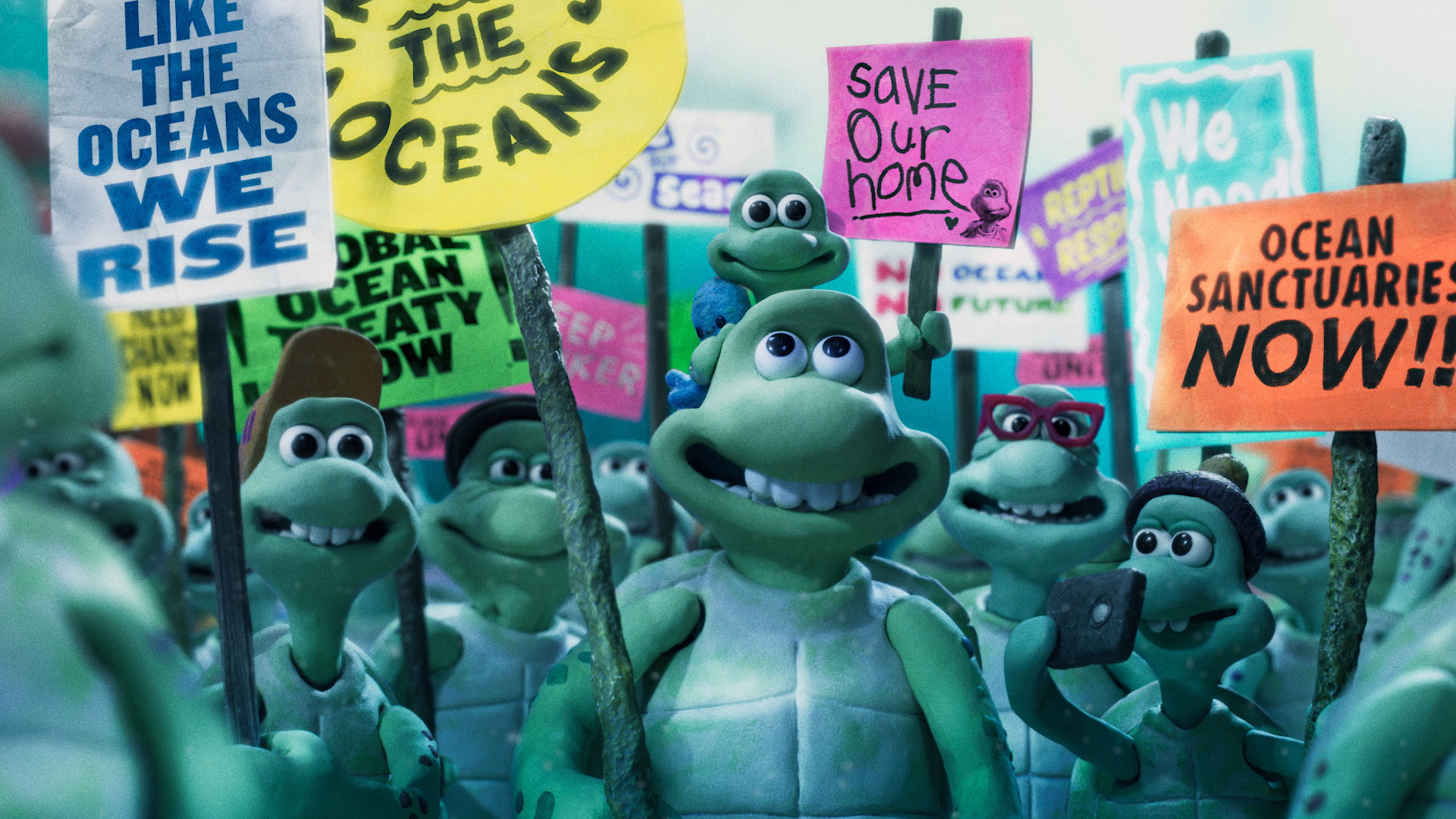
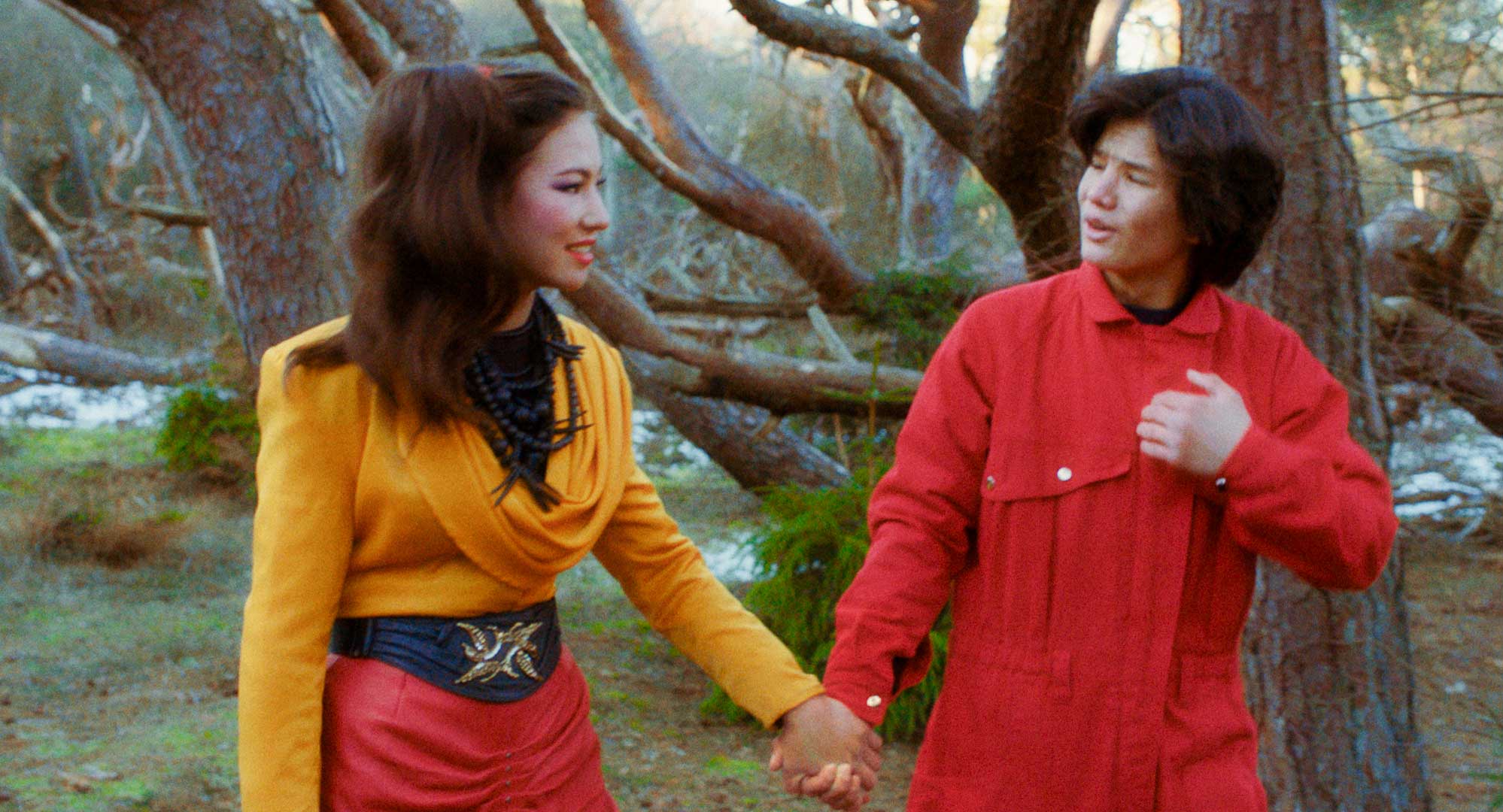
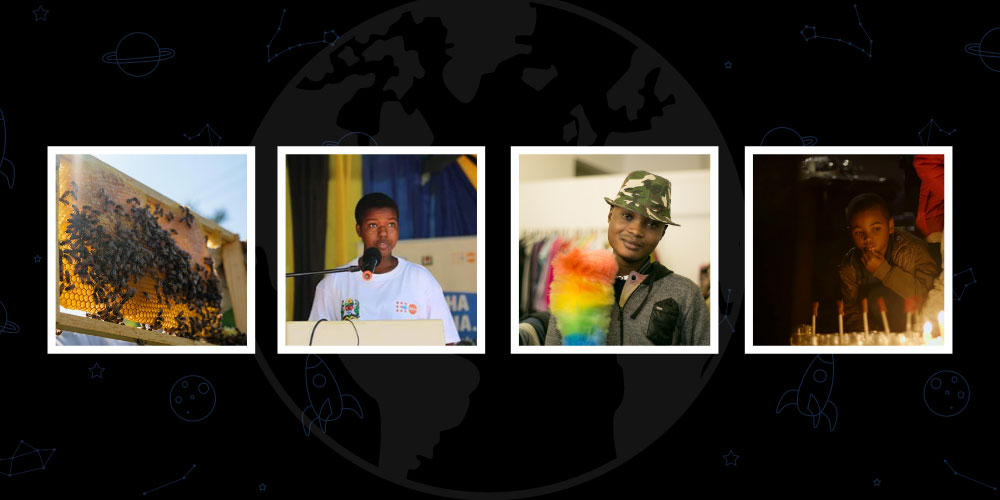
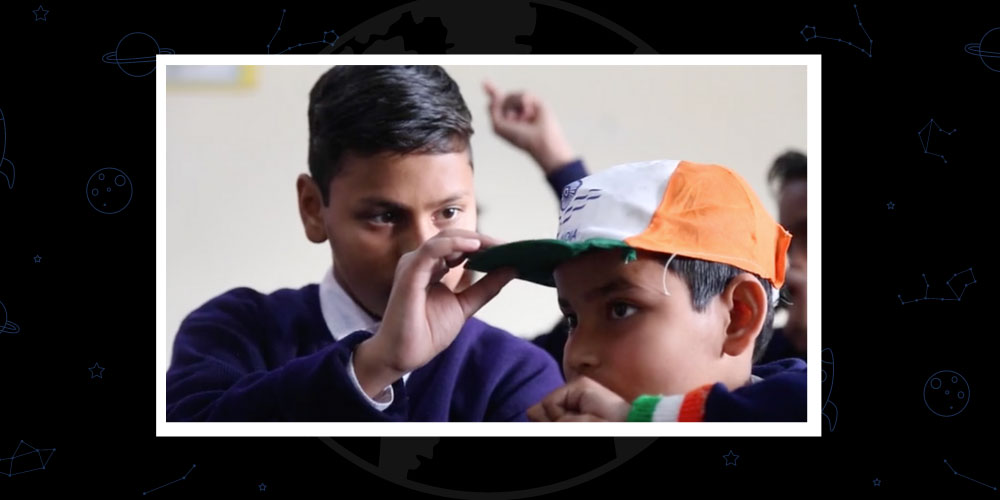
最新評論